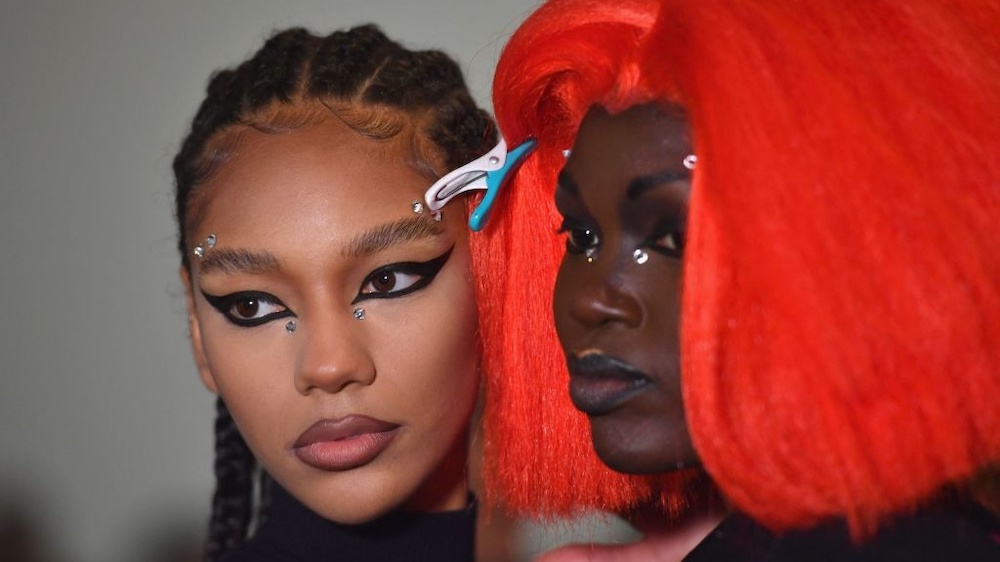If you’re interested in sharing your opinion on any cultural, political or personal topic, create an account here and check out our how-to post to learn more.
____
The glitz and glam of New York Fashion Week have filled our timelines. Great, another A-list event only the “cool kids” were invited to. So what, right?
Though slightly true, there’s actually something pretty monumental that happened during this year’s New York Fashion Week events that might make you reconsider tuning into the runway shows next time around. Most of Fashion Week features a bunch of models wearing clothes you’ll probably never be able to afford. But at least the shows can implement more diversity behind the scenes — from lighting assistants to makeup artists and hairstylists — thanks to the fashion industry’s first-ever inclusion rider.
Last weekend, Color Of Change’s #ChangeFashion initiative, in partnership with IMG and IN THE BLK, hosted its first-ever runway showcase “IN THE BLK Showcase Powered by #ChangeFashion.” The purpose of the show was to highlight emerging Black talent and designers, and announce the implementation of the #ChangeFashion inclusion rider, a legal document that requires and facilitates more diverse hiring at all levels of production.
The rider is different than the usual empty we-promise-to-be-better-and-more-diverse-and-equitable promises from the fashion industry because it’s an actual legal contract that companies and organizations sign on to that binds them to basically be decent human beings. With the implementation of the inclusion rider, there’s now an opportunity for those often left out of the fashion industry to have more opportunities.
It’s not enough to throw a couple of Black models into a fashion show; people with privilege are now expected to help change the legacy of the fashion industry overall. Our communities continue to push the fashion industry forward both in the spotlight and behind-the-scenes, yet the industry is one of exclusion, not elevation. The industry needs to make good on the promises they made during 2020’s national reckoning on race.
Many fashion brands and entities promised change, vowing to identify, challenge and eliminate racism within the industry and the content it produces. The inclusion rider is a blueprint that can open new doors for new talent in the fashion industry who would otherwise be excluded.
By implementing better practices that promote workplace diversity, we can move the fashion industry forward in a direction where culturally inappropriate mistakes, racism and misrepresentation (like what happened with Gucci in 2019 with the very problematic turtle neck that seems to replicate Blackface) can become a thing of the past. This definitely won’t happen overnight, but the inclusion rider is a real first step of advancing true racial justice in the industry.
The inclusion rider moves industry leaders and professionals from empty promises to action by finally making it a priority to hire Black people and people of color. We deserve to benefit from the output of our labor. We influence and impact fashion culture so much, and with the inclusion rider, we’ll be able to be equitably recognized for our contributions to the industry.
It would be remiss of the industry to not acknowledge that Black and underrepresented styles and cultures have had immense influence and impact on fashion. Yet, Black creators and tastemakers often do not benefit from their output. The Black fashion community needs to see true change from allies advocating to implement frameworks like the inclusion rider. This new written rule is necessary for producing moments that drive the culture forward and brings fashion, inclusion and access together.
